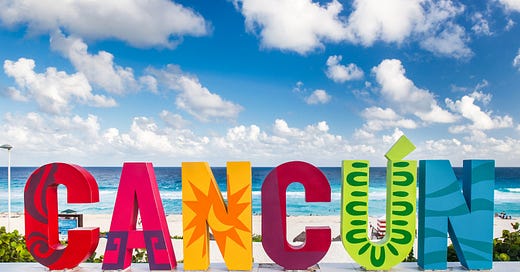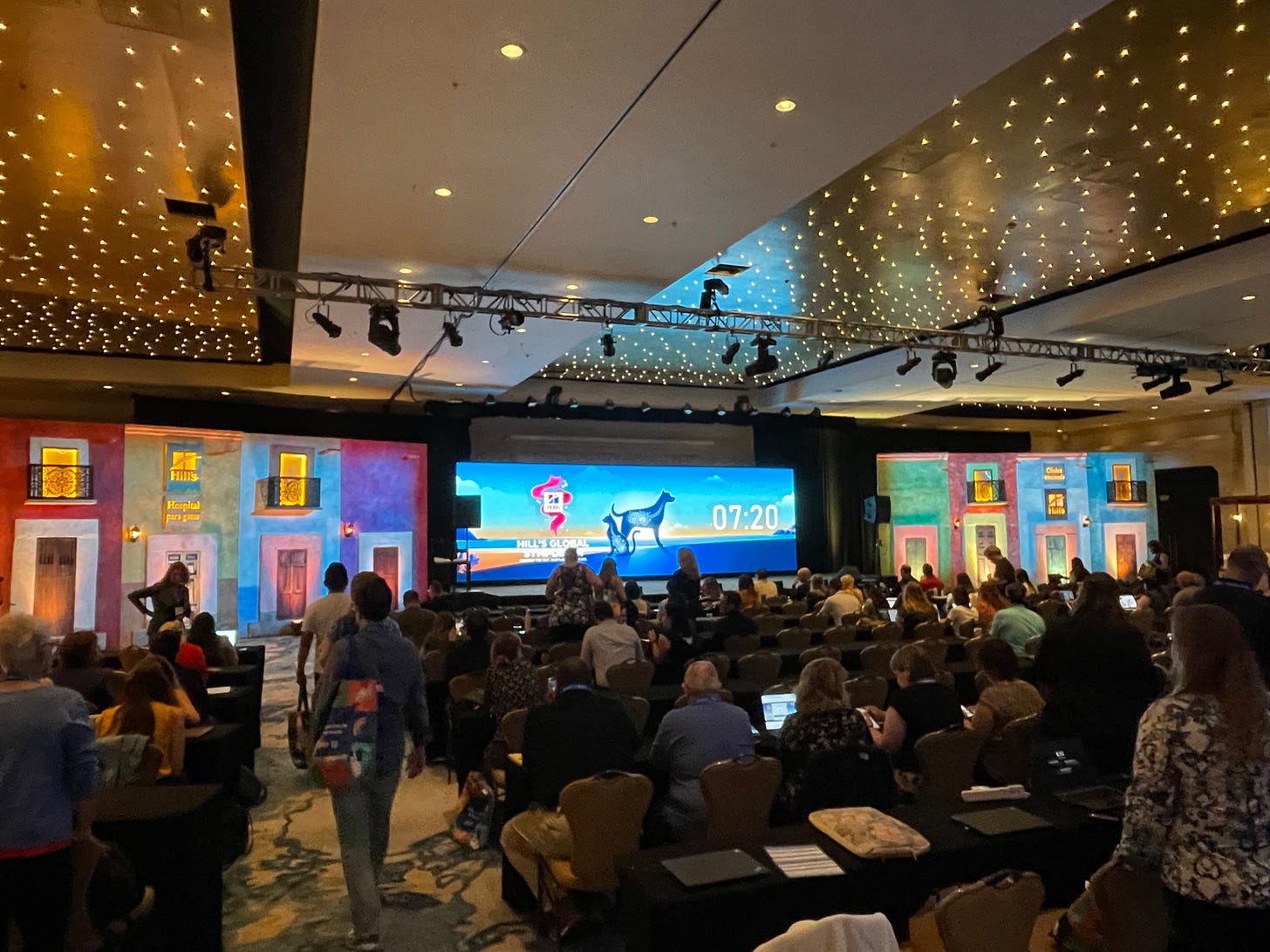Dear Readers,
Last week I had the honor of speaking at the 2024 Hill’s Global Symposium in Cancun, Mexico. There were several hundred invited attendees on site and the conference streamed live to over 20,000 people worldwide! (No pressure for us speakers, right? 😅) This was truly a global conference: There was a large representation of vets from Mexico and Latin America, and the events were broadcast simultaneously in English and with a real time Spanish translator. It was a great time catching up with old friends, like a vet school classmate I hadn’t seen in a decade, as well as making new ones. And of course, because I’m a nerd, I made good progress through a book I’m reading about RNA biology—stay tuned for a review soon—next to the pool with a margarita 🍹
All About The Microbiome
HGS 2024 highlighted the central role of the gut microbiome in veterinary health with the theme “Nourish the Gut, Nurture the Future.” Over 17 experts presented on how the gut microbiome impacts key organs such as the kidneys, brain, and skin in pets. The microbiome is a relatively new area of research in human and veterinary medicine—I had basically no exposure to it in vet school, so it was great to learn so much cutting edge information over the two days.
The keynote speaker was Dr. Rob Knight from UC San Diego. He is one of the leading names in microbiome research and has been amazingly prolific: Dr. Knight and his lab have published over 900 (!!!) scientific articles and been cited an astounding 35,000 times! He invented several of the current techniques for profiling gut bacteria and was one of the early researchers who studied the promise of fecal transplants to cure patients with resistant Clostridium difficile (“C-diff”) infections. His excellent talk walked through the ways the bacteria in our GI tract can both keep us healthy and, when dysregulated, contribute to inflammatory bowel disease, obesity, and many other conditions. If you’d like a taste of his lecture, his 2014 TED Talk below has been viewed over 2 million times and is geared towards a general audience:
Two of the biggest things I took away from his lecture are the importance of dietary fiber for overall health and that the number one factor for a healthy gut microbiome is eating a wide diversity of plants: Patients who ate more than 30 servings of plants each week had a significantly richer profile of “good” gut bacteria (that one variable had a bigger impact than sleep, exercise, alcohol intake, or other dietary components).
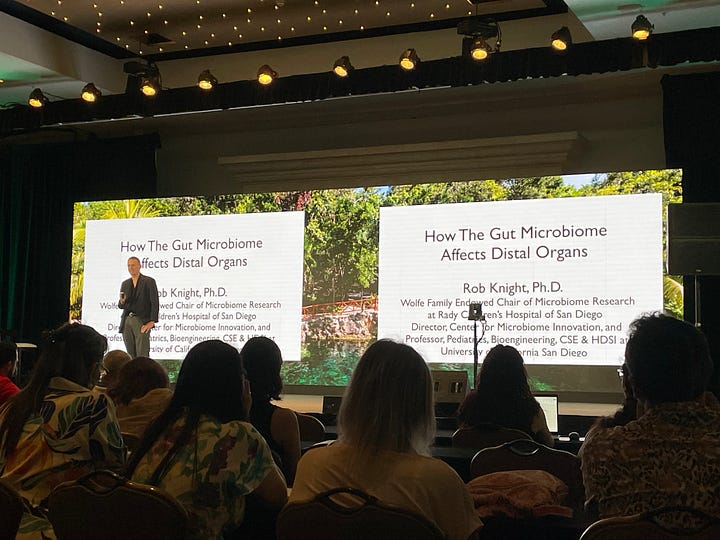
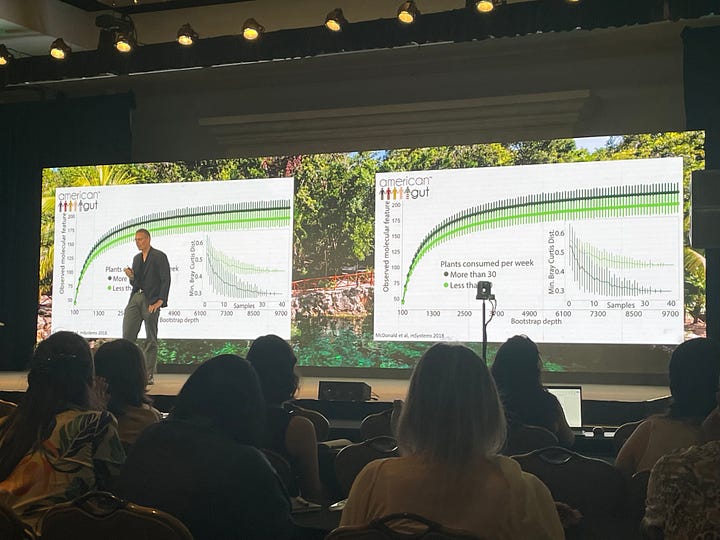
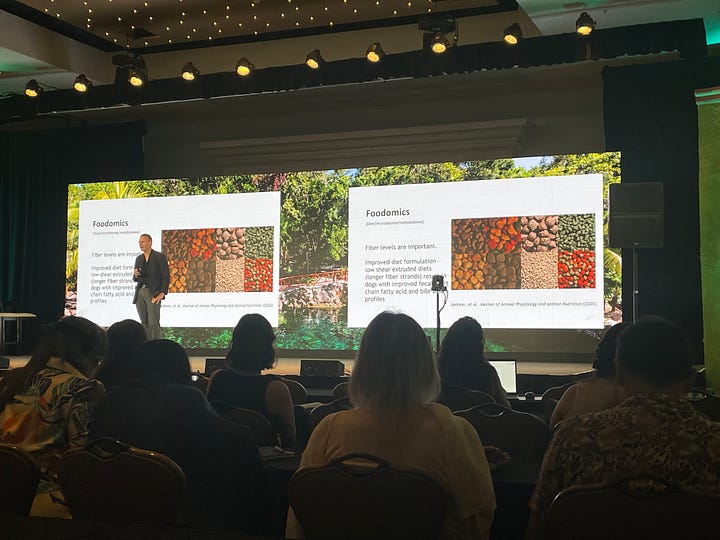
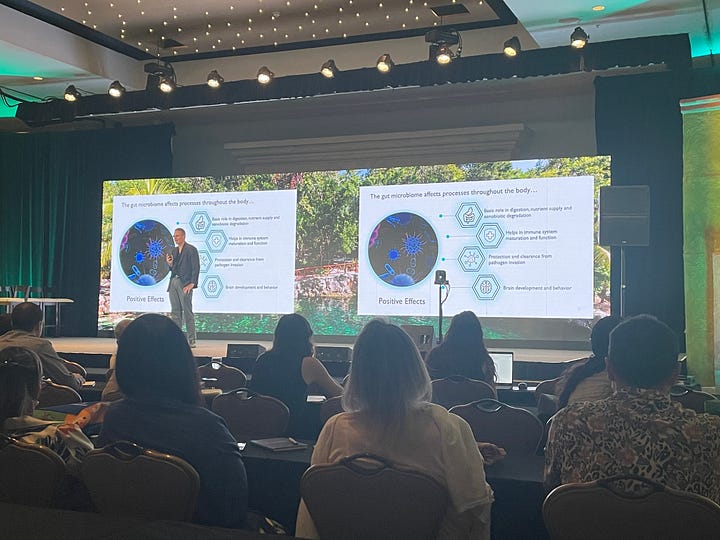
Next up, Dr. Curtis Huttenhower from Harvard and Dr. Jennifer Radosevich from Hill’s Pet Nutrition shared pet microbiome data from the strategic partnership between the two organizations. They presented really interested experimental data on how the gut microbes changed in dogs fed different diets that varied in protein, fat, and fiber content. Multiple internal medicine specialists discussed diagnostic tests for dysbiosis (pathologic changes to the number and types of bacteria in the gut) and nutritional approaches to treating diarrhea and other chronic enteropathies.
Technology of the Future
My lecture and panel were on the second day in a track focused on new technology in veterinary medicine, and I talked about the promise and perils of computer vision AI in radiology and pathology. During the lecture and Q&A after, I emphasized AI’s capacity to complement human expertise in identifying complex conditions and improve diagnostic speed. However, I highlighted significant challenges, including the high costs of data and computing resources, the risk of biased datasets, and the lack of regulatory oversight compared to human medicine. By adopting Good Machine Learning Practices, we can responsibly integrate AI, ensuring it truly benefits patient care while maintaining ethical standards.
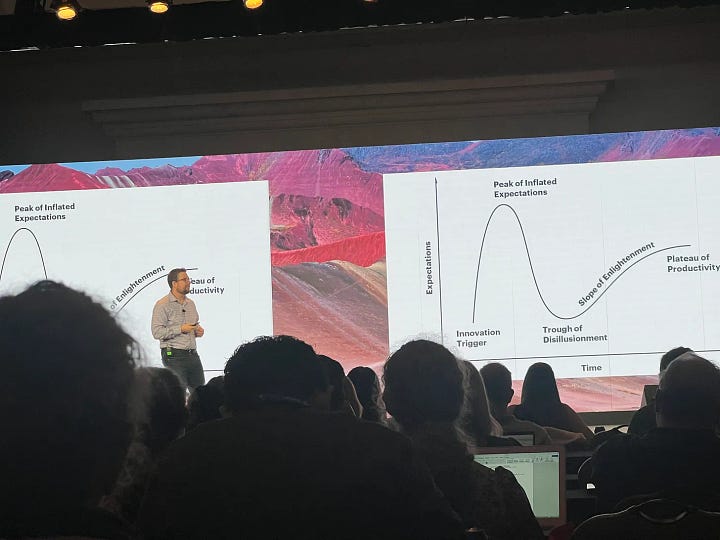
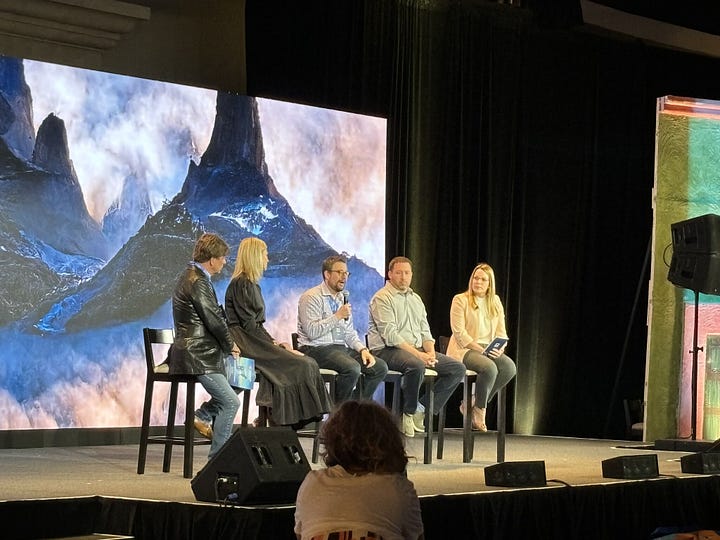
If you would like to see more of my talk, you have several options. First, I’ve attached my conference proceedings below for anyone who wants to read them. Second, all of the HGS 2024 talks, including mine, will soon be added to the Hill’s Veterinary Academy. This is a FREE website for RACE-approved continuing veterinary medical education. In addition to HGS 2024, you can watch the lectures from the previous three years of Hill’s Global Symposia as well as find other CE content (particularly regarding nutrition).
Isla Mujeres
Finally, our trip was not all work and learning—Lenore and I got the chance to explore around Cancun, particularly Isla Mujeres, where we went on several reef dives and got to hang out among the colorful coral with tropical fish, barracuda, spiny lobsters, and a resident sea turtle named Lola. Afterwards, we noshed on fresh seafood and cocktails at a place recommended by locals. For any readers who are divers and get the chance to visit Cancun or the Yucatan peninsula, I would highly recommend making a side trip to that island!
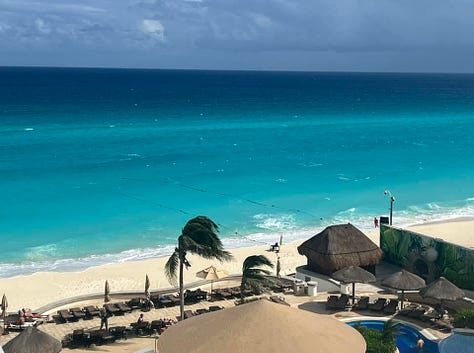
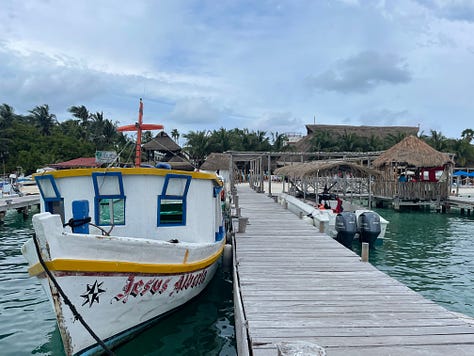
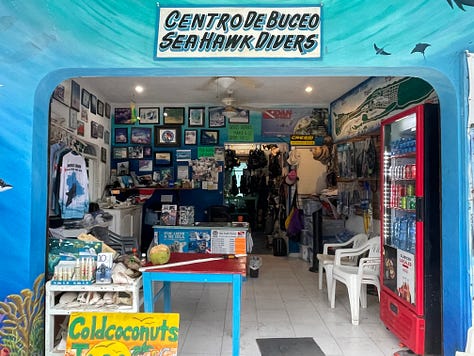
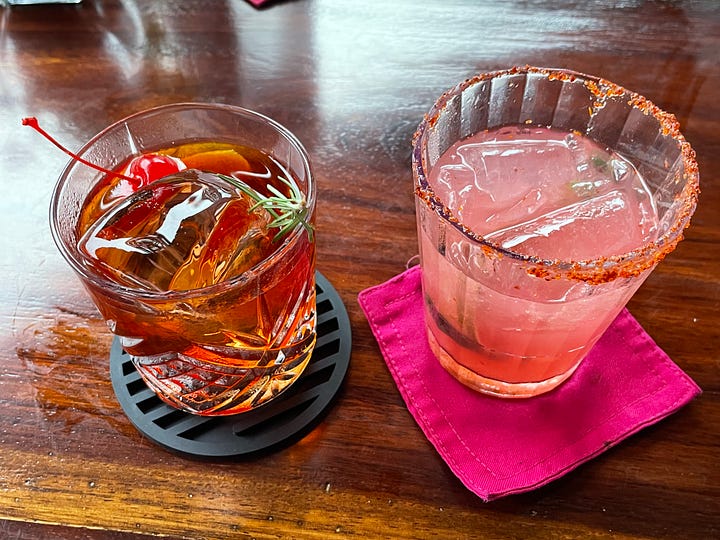

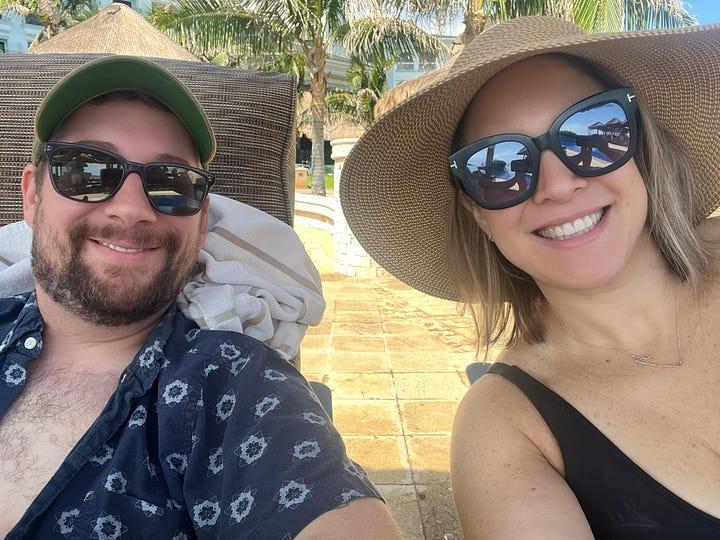
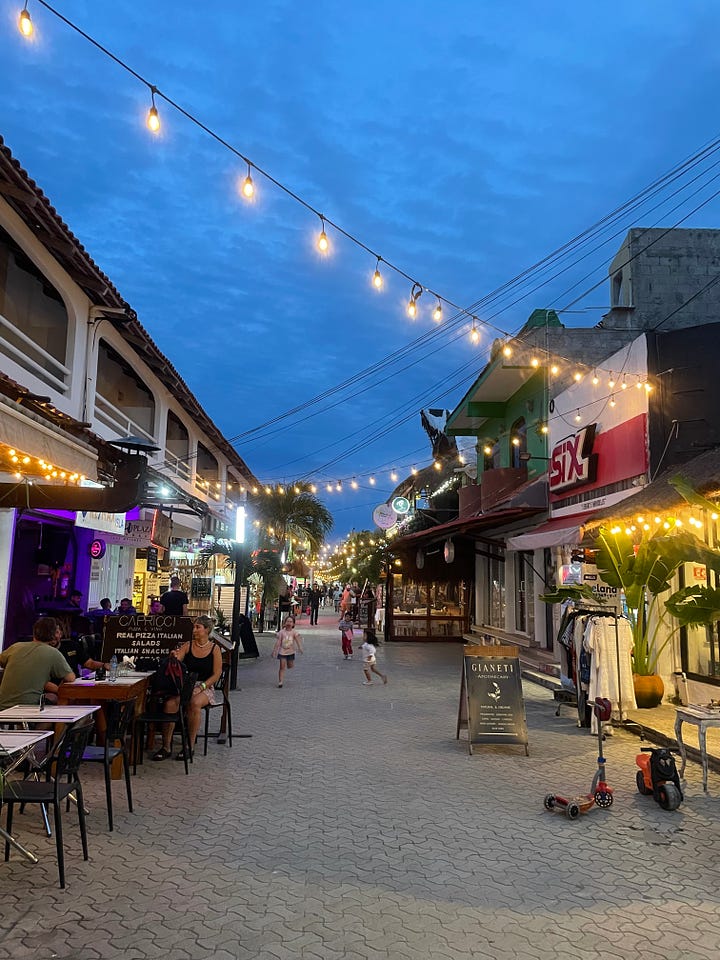
Overall, it was a great week in Mexico where I learned a ton, squeezed in a little beach and scuba time, and ate plenty of tasty local food and drink. I look forward to HGS 2025, whether I attend virtually or in person!
Cheers,
Eric

